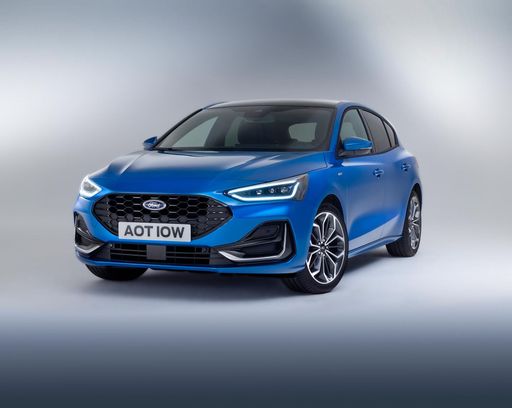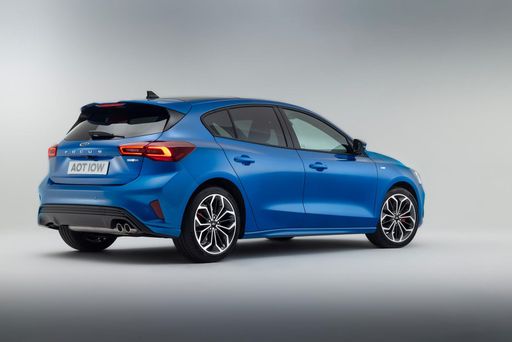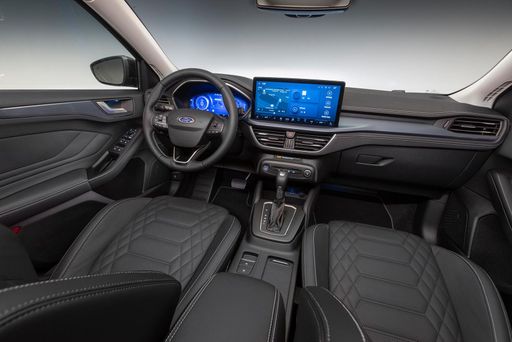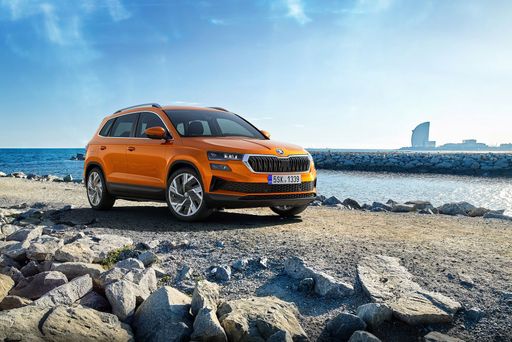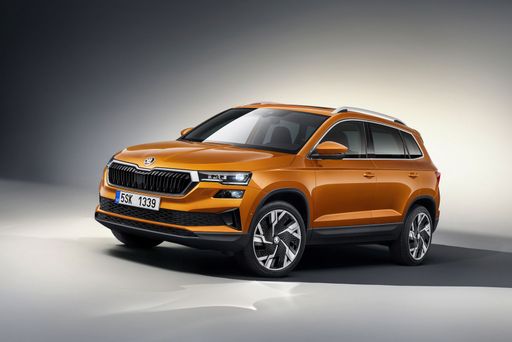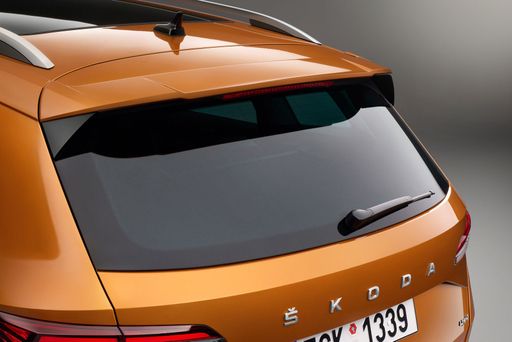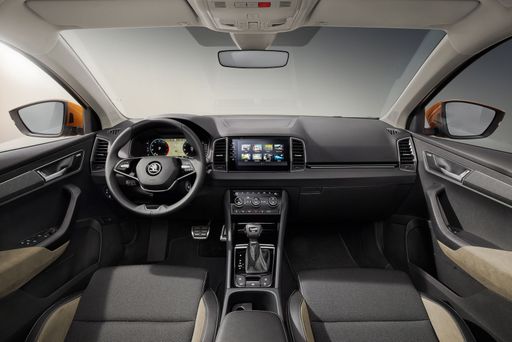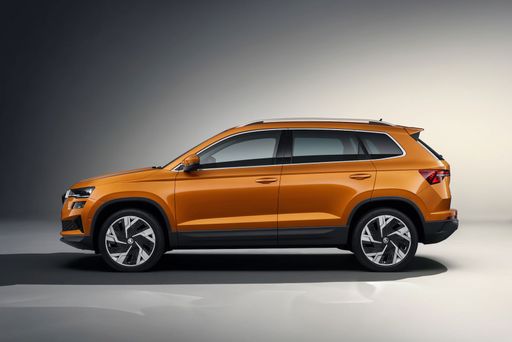Ford Focus vs Skoda Karoq: A Comprehensive Comparison
When it comes to choosing a new car, the Ford Focus and Skoda Karoq are two strong contenders in their respective segments. The Focus is an agile hatchback, while the Karoq represents the ever-popular SUV market. Both vehicles boast a range of modern features, performances, and innovations that cater to different driver preferences. In this article, we delve into a detailed comparison of these two models, focusing on their technical aspects and innovative features.

